Tandoori Dry Masala: The Flavor Bomb You Never Knew Your Kitchen Needed!
Ever wondered how your favorite tandoori dishes get that smoky, aromatic punch? The secret lies in the tandoori dry masala. This magical spice blend is the unsung hero behind countless Indian classics like tandoori chicken, paneer tikka, and even street-style chaat. Whether you're a seasoned home cook or just getting your spice game on, this post will take you through everything you need to know about this essential spice mix from Global Spice Traditions.
Table of Contents
- What Exactly Is Tandoori Dry Masala?
- The Spice Lineup – What Goes Into It?
- Why Bother with Tandoori Dry Masala?
- DIY Tandoori Dry Masala – How to Make It at Home
- Pro Tips for Using Tandoori Masala Like a Pro
- Global Twist – How Other Cuisines Can Use Tandoori Dry Masala
- Storage & Shelf Life – Keep That Spice Fresh
- Final Thoughts: Spicing Up Your Culinary World
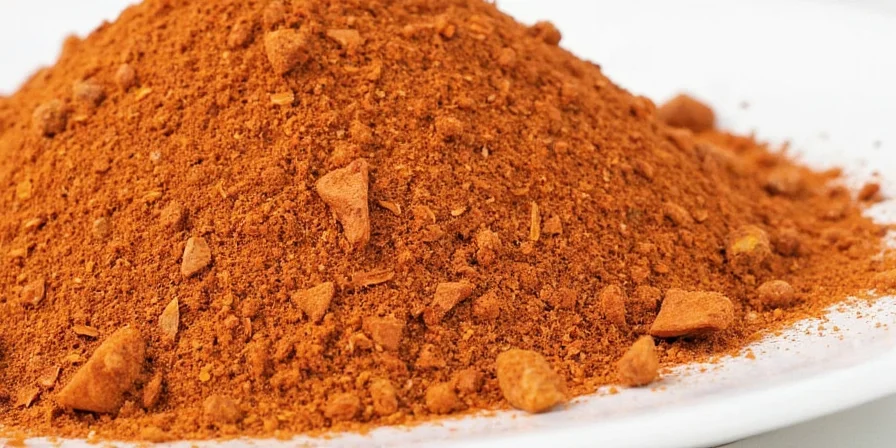
What Exactly Is Tandoori Dry Masala?
If you’ve ever marinated meat or veggies before tossing them into a tandoor (clay oven), you've likely used this masala. Unlike wet masalas that include garlic, ginger, or yogurt, tandoori dry masala is exactly what it sounds like — a dry spice blend designed to infuse flavor without adding moisture. It’s perfect for those looking to create intense flavor while preserving texture during high-heat cooking.
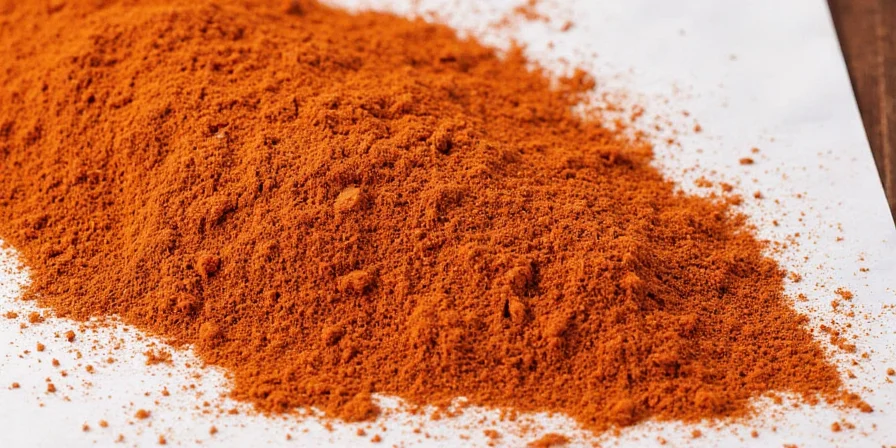
The Spice Lineup – What Goes Into It?
Tandoori dry masala isn’t one-size-fits-all. While regional variations exist, here's a typical list of spices you'll find in most blends:
| Spice | Flavor Profile | Function in Masala |
|---|---|---|
| Cumin | Earthy, nutty | Base aroma and depth |
| Coriander | Sweet, citrusy | Balances heat and bitterness |
| Kashmiri Red Chili Powder | Mild heat, vibrant red color | Adds signature red hue and warmth |
| Black Pepper | Sharp, pungent | Boosts bioavailability of other spices |
| Fenugreek | Bitter, maple-like | Adds depth and subtle sweetness |
| Garam Masala | Complex, warm | Finishing touch for richness |
| Amchur (Dried Mango Powder) | Tangy, fruity | Adds acidity without moisture |
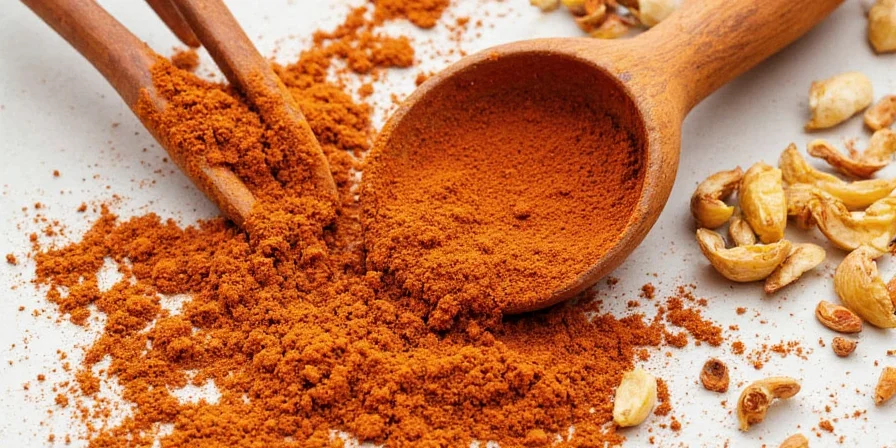
Why Bother with Tandoori Dry Masala?
You might be thinking, “Can’t I just use regular garam masala?” Sure, but let’s dive into why tandoori dry masala deserves its own spotlight:
- Perfect for High-Heat Cooking: Since it doesn’t contain dairy or oil-based ingredients, it won’t burn easily when grilled or roasted.
- Even Flavor Distribution: Dry masalas coat meats and vegetables more evenly than wet marinades.
- Long Shelf Life: No perishable ingredients means you can store it longer without losing potency.
- Authentic Taste: If you’re aiming for restaurant-quality tandoori dishes at home, this masala is non-negotiable.
DIY Tandoori Dry Masala – How to Make It at Home
Making your own tandoori dry masala is not only easy, but also incredibly rewarding. Here’s a simple recipe to get you started:
Ingredients:
- 2 tbsp cumin seeds
- 2 tbsp coriander seeds
- 1 tbsp fenugreek seeds
- 1 tsp black peppercorns
- 2 tbsp Kashmiri red chili powder
- 1 tbsp garam masala
- 1 tbsp amchur powder
Instructions:
- Roughly roast all whole spices (cumin, coriander, fenugreek, pepper) in a dry pan over medium heat until fragrant — don’t let them burn!
- Let them cool completely, then grind into a fine powder using a spice grinder.
- Mix in the Kashmiri chili powder, garam masala, and amchur powder thoroughly.
- Store in an airtight container away from sunlight and moisture.
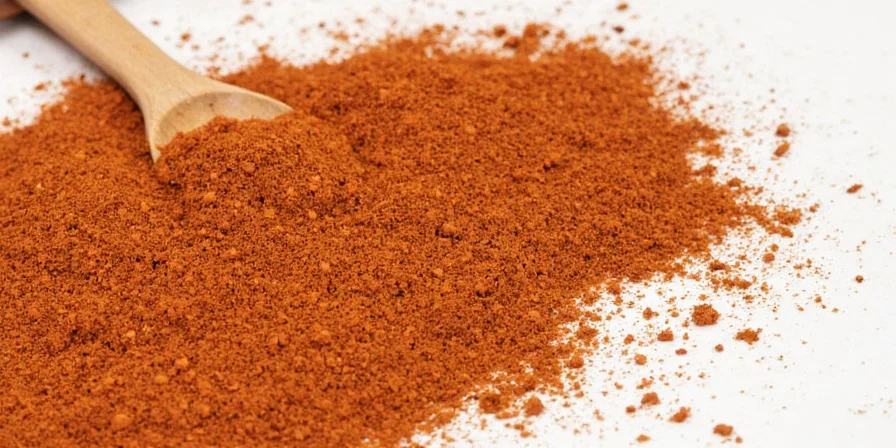
Pro Tips for Using Tandoori Masala Like a Pro
Here are some insider tips to make the most out of your tandoori dry masala stash:
- Marinate for at least 30 minutes: Letting the spices sit on your protein enhances flavor penetration.
- Use oil wisely: A small amount of neutral oil (like vegetable or grapeseed oil) helps carry flavors deeper into the food.
- Add a splash of lemon juice: For a tangy kick that balances the earthiness of the spices.
- Don't skip resting: After grilling or roasting, let your dish rest before serving to allow juices to redistribute.
Global Twist – How Other Cuisines Can Use Tandoori Dry Masala
Who says tandoori dry masala is just for Indian cuisine? Get creative and try it in unexpected ways:
| Cuisine | Inspiration | How to Use |
|---|---|---|
| Mexican | Tandoori tacos | Season grilled chicken tacos with tandoori masala instead of chili powder. |
| Italian | Spiced pizza crust | Mix into pizza dough or sprinkle on top before baking. |
| Mediterranean | Tandoori hummus | Stir into classic hummus for a unique twist. |
| American BBQ | Dry rub for ribs | Use as a base for a bold barbecue dry rub. |
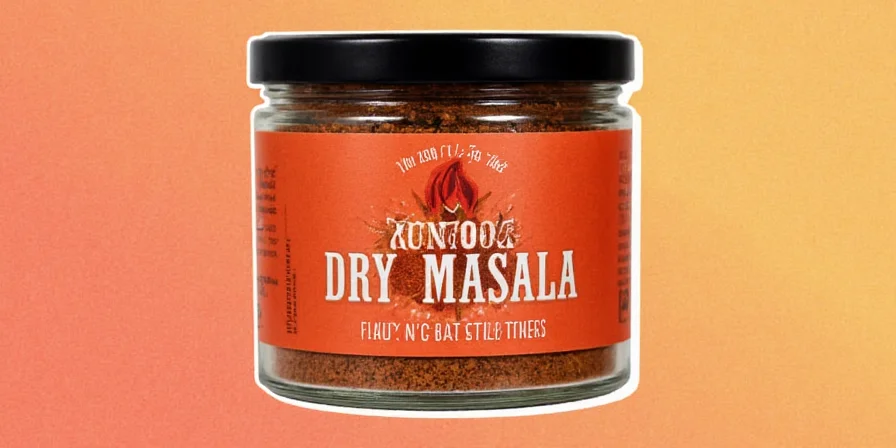
Storage & Shelf Life – Keep That Spice Fresh
To keep your tandoori dry masala tasting fresh and potent, follow these storage hacks:
- Keep it cool: Store in a dark, cool place like a pantry or cupboard.
- Use glass jars: They protect against moisture and light better than plastic containers.
- Avoid contamination: Always use clean, dry spoons when scooping out the masala.
- Shelf life: Homemade blends last about 6 months; store-bought versions up to a year if unopened.
Final Thoughts: Spicing Up Your Culinary World
Tandoori dry masala isn’t just another spice in your cabinet — it’s a culinary passport to bold flavors, rich traditions, and endless creativity. Whether you're sticking to authentic Indian dishes or experimenting with global cuisines, this humble blend has the power to transform your meals into something truly special.
So next time you fire up the grill or preheat the oven, reach for that jar of tandoori dry masala and give your taste buds a treat they won’t forget!
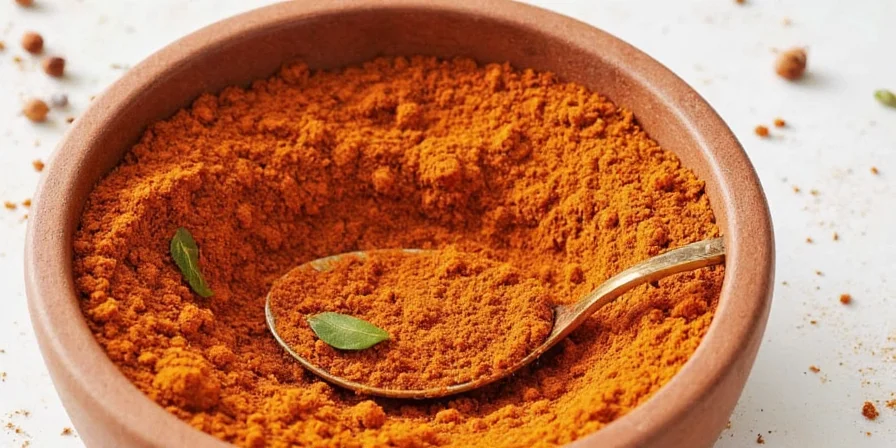
Summary Checklist
- Know the key ingredients in tandoori dry masala.
- Make your own batch at home easily.
- Apply it creatively beyond Indian recipes.
- Store it properly for maximum shelf life.
- Experiment boldly and enjoy every bite!

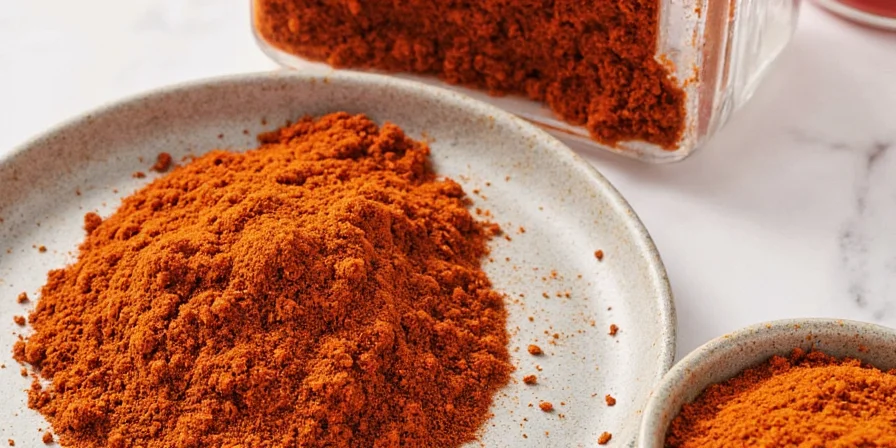









 浙公网安备
33010002000092号
浙公网安备
33010002000092号 浙B2-20120091-4
浙B2-20120091-4